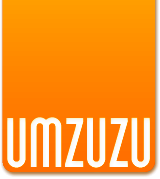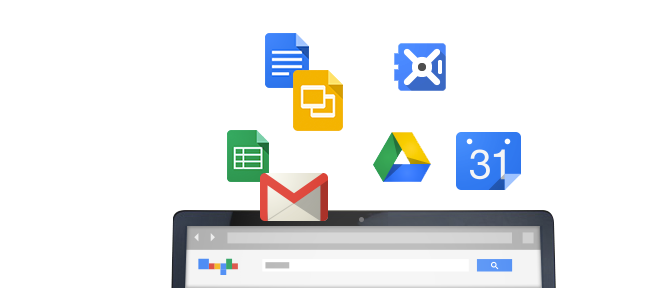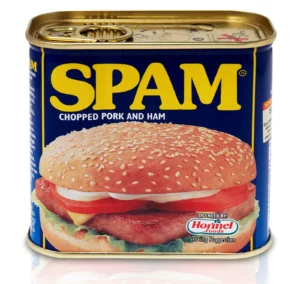Even Google has limits
Good-bye G Suite, hello Google Workspace! In 2020, Google announced G Suite would be phased out in favor of Google Workspaces. While Workspaces brings many new features to the table, most of the conversation has revolved around the changes to storage limits. Google has introduced 5 new, primary SKUs – up from 3. For the first time in 12+ years, we need a matrix to reference when discussing Google licensing.
Nearly all of the changes have one thing in common!
To slow the (assumingly enormous) growth in Google’s storage requirements. Gone is the phrase “Unlimited Storage”, replaced with the much fuzzier “As much as you need.” And this option is only available at Google’s highest Enterprise tiers.
Determining your Google Drive folder sizes
This has actually been a really common question for years. But Google’s recent back peddling has A LOT more people taking a closer look at their storage. There are several ways to take a closer look!
- Install Drive File Stream
There’s been some confusion around how this application works. It DOES NOT download all your Google Drive data to your machine. Even if you have multiple terabytes, this is an option. Once File Stream has completed its initial “Loading your files” (or more specifically file metadata), you can use your operating system’s built-in tools to take a look at the directory sizes. On Windows, this would be to right-click and select Properties. On macOS, it’s right-click and ‘Get Info’. This also allows you to sort by size, file type, etc. to learn more about your storage usage. You can also point your favorite disk analysis tool at the directory, DaisyDisk on macOS for example. - Sort Drive content by quota consumed
This will only show you the size of individual files but it’s an easy way to find the BIG stuff and you can look for patterns in their location. Perhaps you have a large collection of video files for example or that giant PDF you no longer need. - Leverage GAM (or GAMADV-XTD3) or rclone
GAM and rclone are free-to-use, open projects. Command-line tools can be a bit intimidating but these projects are very well documented with dozens of helpful videos on YouTube. You can even use rclone to mount Google drive directly. The commands can be pretty simple, for example:rclone size mydrive: gam user show filelist filesize - Leverage a 3rd party audit tool
Like GAM and rclone, these audit tools leverage Google Drive’s available APIs. However, they offer a greatly enhanced user experience, more powerful filtering, notifications, etc. The General Audit Tool is our favorite but there are others. - Leverage a file manager application
On my macOS device, I leverage Transmit 5. This allows me to sort folders and files by size without the need for Drive File Stream.



